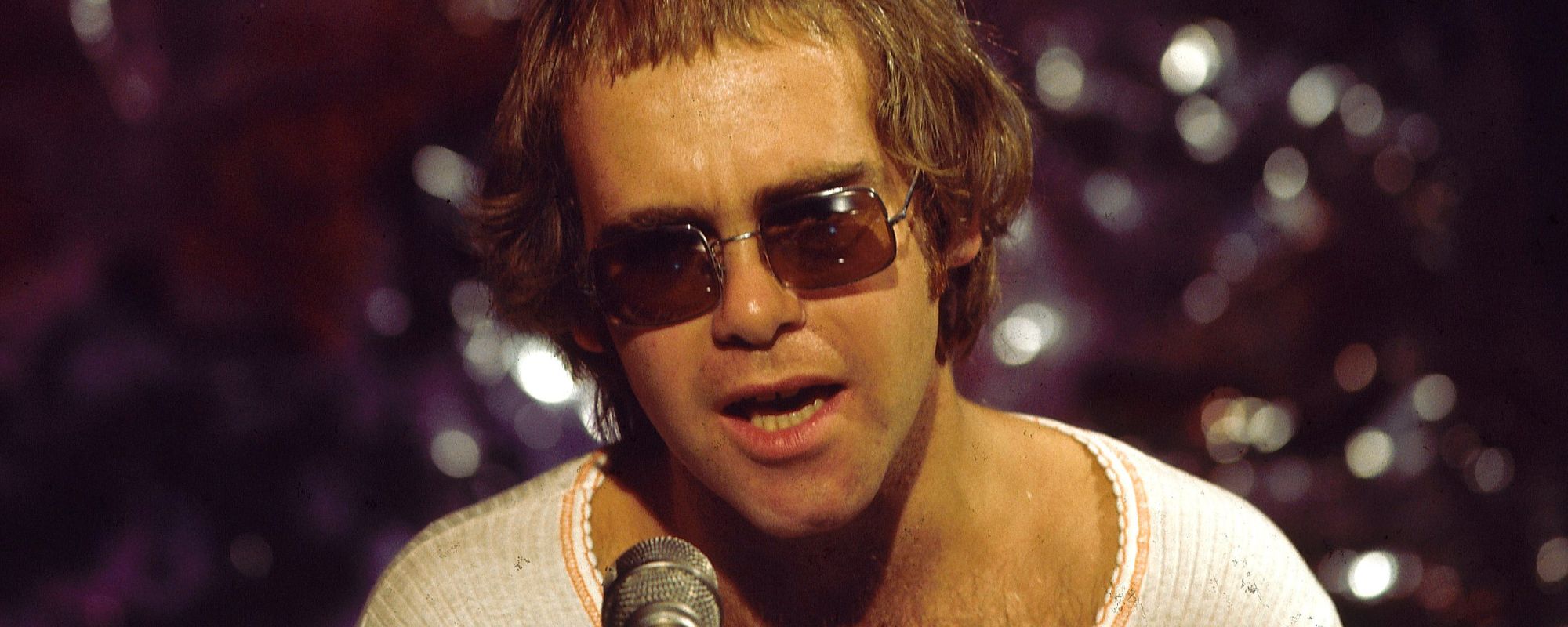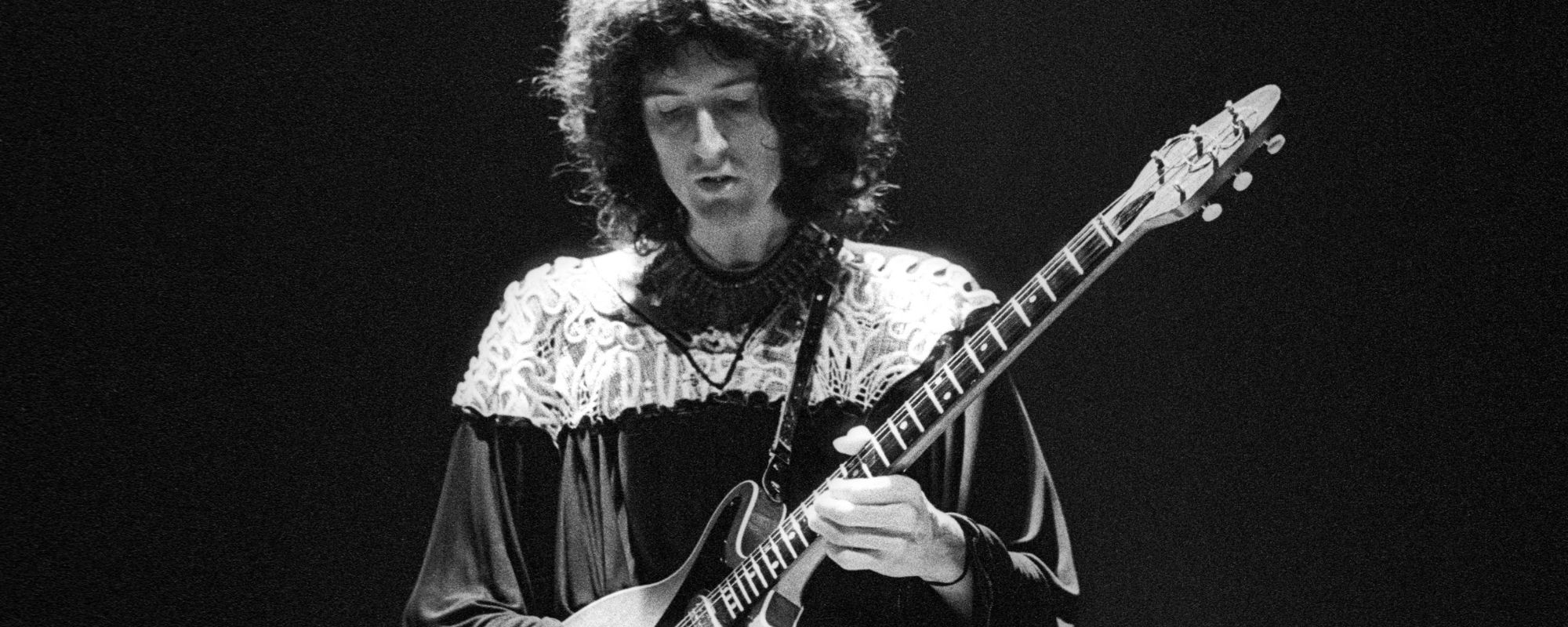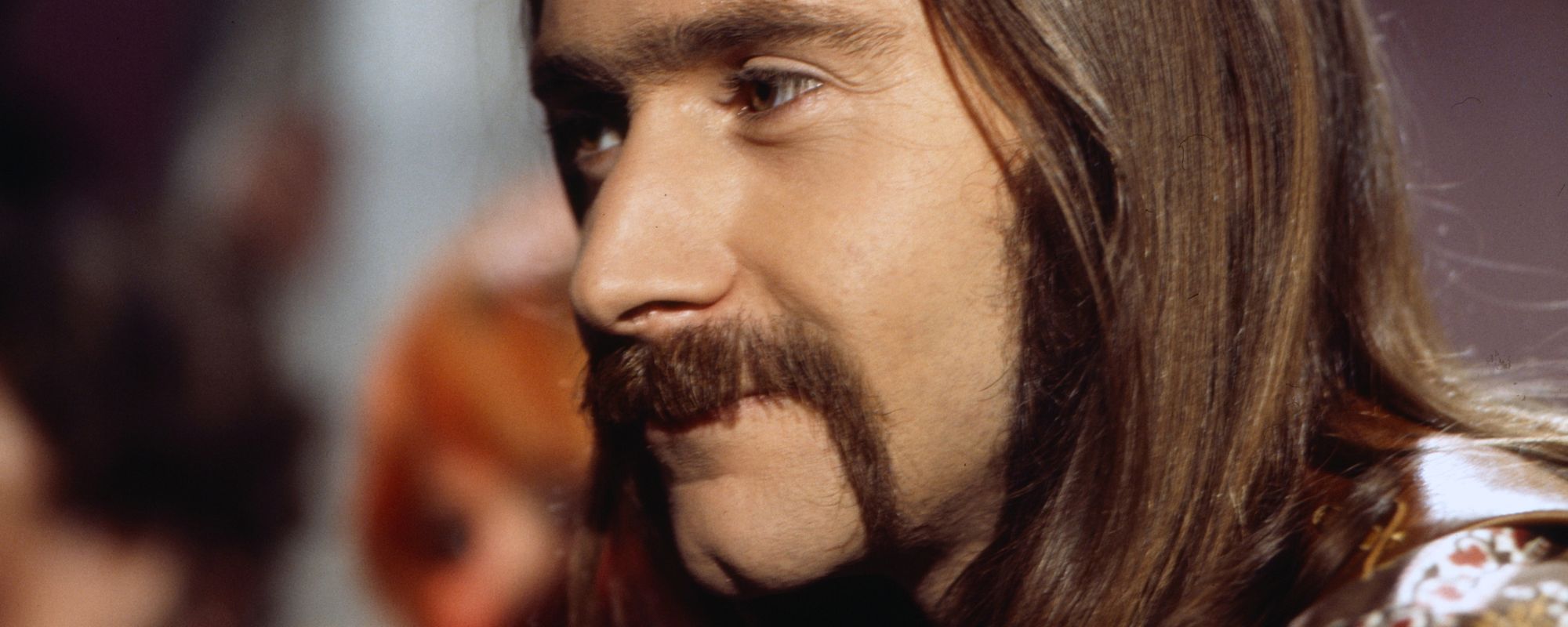Sting’s decision to leave The Police stunned much of the music world. Even for as fractious as that trio could be, it seemed like a foolish move to some that he would walk away from a band that was such a proven commodity.
Videos by American Songwriter
The ringing success of his subsequent solo career has more than justified that decision. And his first Top 40 hit as a solo artist displayed that he wasn’t afraid to stray from his old band’s signature sound.
Trio Tantrums
People often judge the closeness of the band by the quality of the music that they deliver. They assume that group members must be getting along swimmingly if they’re producing excellent records. For The Police, that assumption was way off base.
Relationships had deteriorated to such an extent before the making of their fifth album that the record almost didn’t happen. The band sat around sniping for weeks before a meeting was held to determine if they should even continue. They finally agreed to put their differences aside for the moment. Synchronicity, their 1983 masterpiece, was the result.
The Police then dutifully toured the record. No announcement was made about any breakup, but the trio certainly needed to get away from each other. They set 1986 as a time for a new album. That allowed Sting, the band’s lead singer and chief songwriter, the opportunity to do something on his own. And he was determined to try something new for this first solo effort.
Jazz Moves
Sting’s choice of collaborators established that his new music would likely be far removed from what The Police had been doing. Most of the musicians were as well-versed, if not more, in jazz music as they were in pop/rock. Branford Marsalis, already a budding legend by that time as a saxophonist, was a noteworthy addition to the group assembled for the album.
Having wearied of The Police’s battles about songwriting, Sting made it clear to this new outfit that he’d be writing all the songs. They’d be helping to bring his ideas to bear. He had a bunch of tracks in tow when he arrived in Barbados to record with the band.
He took the album’s title, The Dream Of The Blue Turtles, from a reverie he had right before recording was set to begin. The musical styles found on the record are all over the place, as Sting refused to be pigeonholed. His choice for the first single, “If You Love Somebody Set Them Free”, seemed determined to challenge Police fans to follow him on his new journey.
“Free” Ride
Whereas Police songs tended to be taut and imposing, “If You Love Somebody Set Them Free” felt loose and free-wheeling. Marsalis peppered the open spaces with inventive sax fills. Sting’s vocals sounded energized and unfettered in the new surroundings as he espoused the importance of liberty in a relationship.
At the time, the new sound surprised those who were expecting a kind of Police retread. But audiences soon took to the track. It made it all the way to No. 3 on the US pop charts, giving Sting the kind of immediate success that his solo career needed.
In fact, that success likely played a big part when The Police’s planned return in 1986 fell apart. Instead of being the big hit from a one-off project, “If You Love Somebody (Set Them Free)” ended up being the first page in a thrilling new chapter for Sting.
Photo: Annie Forrest / Courtesy of Record Store Day









Leave a Reply
Only members can comment. Become a member. Already a member? Log in.